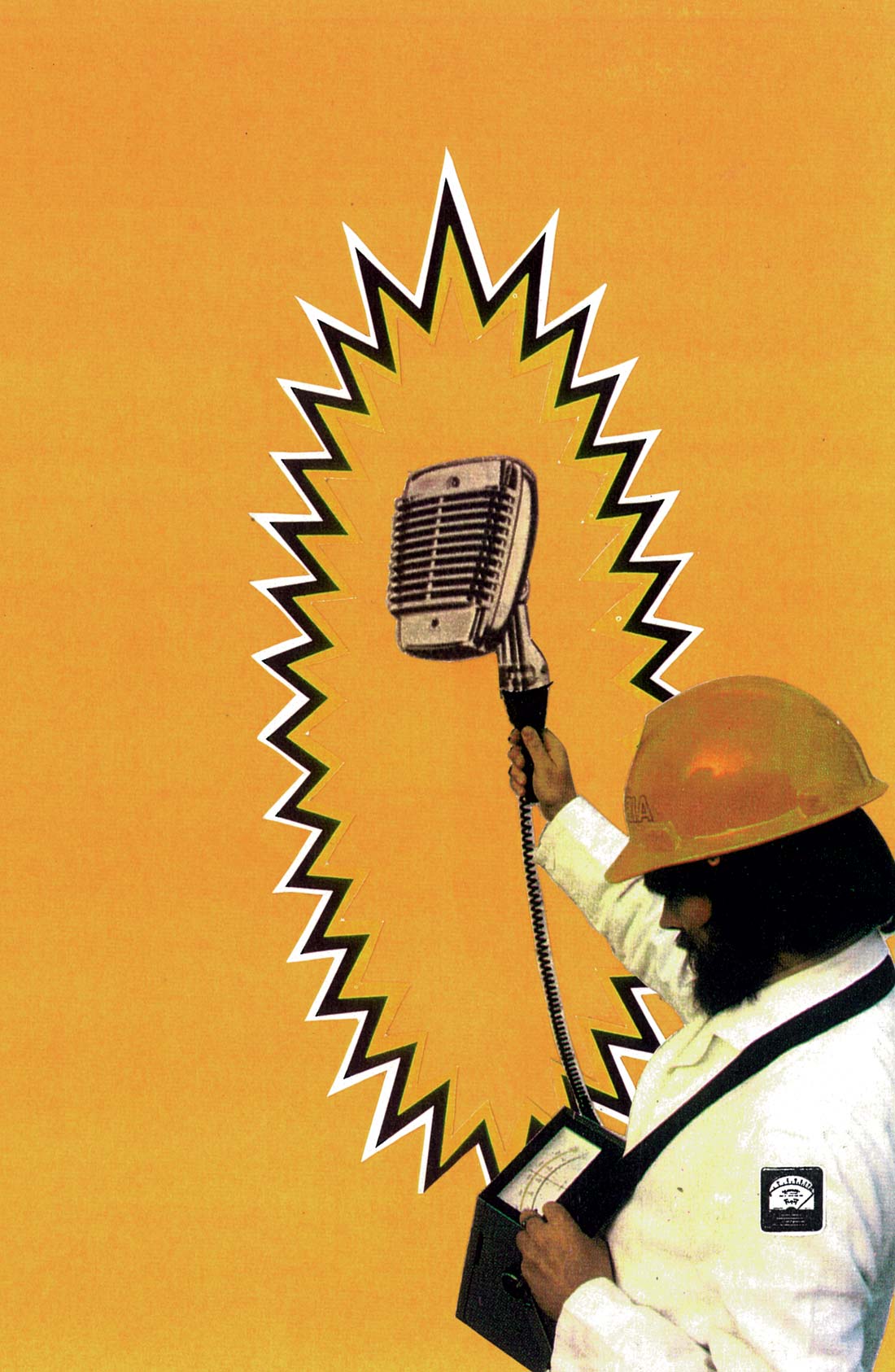Does this scenario sound familiar? You're engineering a record for an indie-rock band. The band's on a budget. You hire a studio. One with an analog multitrack for that fat "rock" sound. And it being a studio that fits into the band's limited budget - the gear hasn't been aligned since... well, since the last time you aligned it a year ago on a previous visit! That's where the Audio Toolbox comes in. A fabulous piece of gear (despite a few shortcomings, as I'll explain later) that replaces all those heavy function-generators, oscilloscopes, and distortion analyzers that you picked up at the local electronics swap. All the tools necessary to make sure the studio gear is sounding as good as it can be... and then some truly useful session helpers to help you through the rest of the week. I take my Audio Toolbox to EVERY session I do. You'll get a general feel for the ATB capabilities if I describe how I use it to align analog tape machines. Playback level, metering, and EQ are easy to set with the ATB's various Signal Level Meters/Readouts. The built-in Sample Scope, along with the Signal Generator, makes azimuth alignment a snap. Once playback is set, I use the ATB's Distortion Analyzer to adjust the record bias. Then I go back to the Signal Level Meter for setting record level. I follow that with alignment of the record EQ using the Pink Noise Generator and the Real Time Analyzer. (You'll be amazed at how much quicker and more accurate (across the whole spectrum) it is to adjust EQ using an RTA.) And finally, I use the Signal Generator to record the tones on the session's first reel. Okay, so the tape machines are aligned. What else do I use the ATB for? Checking phase along all segments of the audio chain: Cables, speakers, the console, the EQ, the monitors, the whole mix. You name it. Using the various functions - Cable Tester, Polarity Tester, XY Scope - you can keep an eye on phase. Tuning instruments: between the fully skewable Guitar Tuner and the Frequency Counter, you can tune any tone-generating instrument, twelve-tone or not. Fixing time-code: between the Reader, Generator, Re-Generator, Analyzer, Calculator, you can solve just about all of your time-code problems. You can even convert to MTC and drive your sequencer or digital console. Need a click track? A very basic Drum Machine (with digital samples!), along with a Tempo Computer, make laying down click tracks fun. And you can check how far a take is rushing or dragging by comparing two signals. Wondering why your MIDI sound module isn't triggering? Use the MIDI Monitor to display the MIDI data being sent by your sequencer. Okay, so all this sounds awesome. So what are the shortcomings? Number one on my list: the sucker looks totally Flinstones. The case looks cheesy and and has a high- school-science-project feel to it. Number two: the battery holder is poorly executed. Two plastic thumb- nuts clamp it together, and two thumb-screws attach it to the main unit. This hardware is small and easy to lose - I've dropped the nuts and screws on the floor a number of times and spent too much time looking for them. Also, the two plastic thumb-nuts grab only by half a thread. Within time, the thread will strip. And finally, the measurement cables are of such low quality, that when I replaced them with custom-made cables, the instrument accuracy went up significantly. Anyway, if you're finding yourself recording in lots of (questionably maintained) studios, and you're as concerned as me about making sure you're getting the truest sound possible from each studio's gear, the ATB is a one-box wonder. Ten thumbs up! (www.terrasonde.com)
Accessories | No. 100
LED covers
by Adam Kagan
Over the past year or two, I have had many pieces of both professional audio gear and consumer electronics that employ exceedingly bright LED lights. In the studio, these lights can be especially...




_disp_horizontal_bw.jpg)